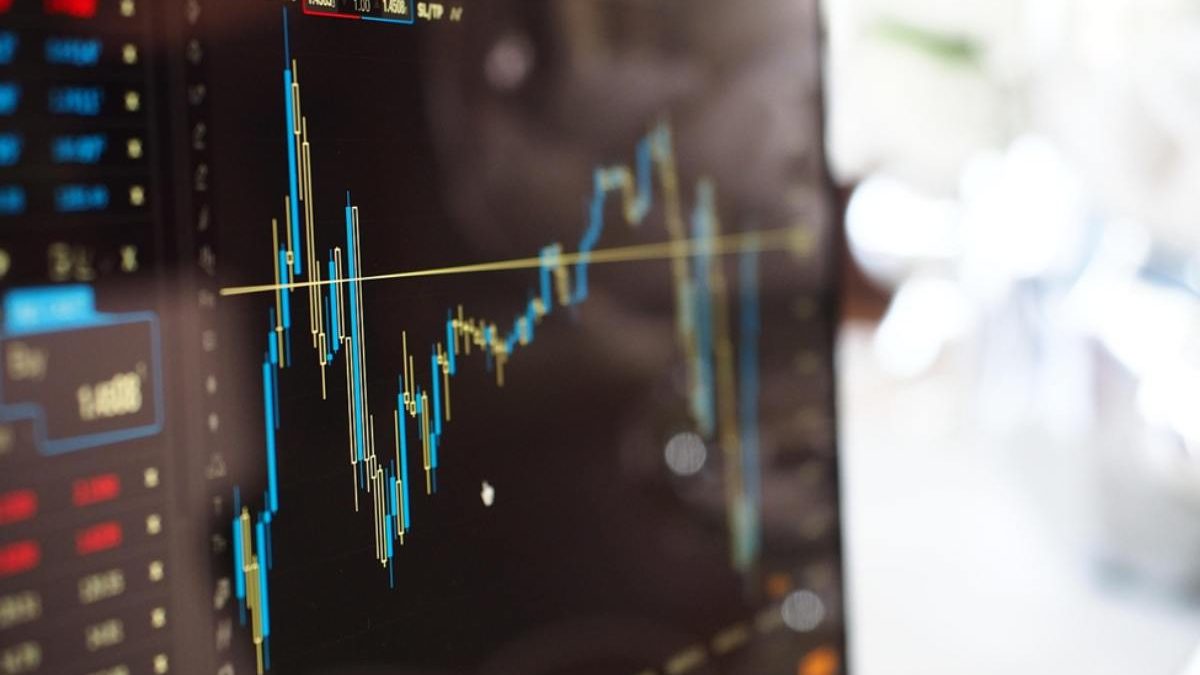Introduction
As we continue to watch artificial intelligence become smarter and more experienced, we will continue to have a need for aidetector.com. This technology allows us to learn more about content online, such as deepfake videos, fake blog posts, fake news posts, and any other AI-generated content available for consumption online.
These detections tools hold a huge importance in our world because we need to know what we are consuming is made for reality or satire. While you may enjoy satire, the average person isn’t always aware of what is AI-generated for entertainment or satire purposes or what is created by a human being to showcase real life or news that you need to pay attention to.
This can cause chaos in the world, and is quite frankly starting to cause that within a lot of our world at the moment. The areas that really need to have a detector tool in place or have one used on their content would be journalism, education, and security systems as well as social media monitoring. This allows anyone or any business owner, or teacher to analyze content submitted to them before putting it out in the world, or analyzing it as soon as you can to make sure it is not AI-generated.
AI detection tools
Of course, as with any new technology there are limitations and some biases that can be involved with the technology. AI detection tools are created to notice patterns that are more robotic in nature, and unnatural structures for people who would write content in a more bursty and unpredictable manner. This tool will check against previously analyzed content and then display a percentage of whether it feels the content is AI or human crafted.
The process can be reliable or highly inaccurate depending on how well the detection tool was trained and how often it has been used before you are using it to test content. These factors are what make the entire process a bit more complicated, and sometimes confusing.
One of the most common limitations we have seen within some AI detectors is that they are trained only on a set parameter of content. This means that it will be a mix of human created content as well as AI-generated content using older GPT models, or if the program is semi-new then it may be programmed on some GPT-4 content.
While this sounds like the detection tool should be all set to run and be accurate, as the developer trained it on multiple version of GPT content, and human content, the issue lies more within the nuances of how human beings write content. Some humans write more predictable in nature, and have less personality within their writing style. This could cause a detection program to say that human generated content is actually AI, when it is not.
Human beings are not as predictable as AI-generated content is. Even the most advanced AI content writers have the patterns of most AI content and will trigger the detection tool to know it is AI content, but human drafted content will get some false positives and that bias and limitation is causing issues with students who have teachers using these tools to detect AI content in the classroom.
As we continue to see human beings adjust how they write based on the current culture norms and how people prefer their content to be delivered as a far writing style and personality choices, and more AI content writing tools start to adjust their writing style to mimic human beings, we will start to see more issues with detection models not being capable of analyzing content accurately and will start providing more false positives than we are already seeing.
The issue is that AI technology is constantly adapting and learning which means you have to constantly be feeding data into the AI detection model to deter the biases and limitations we are currently witnessing inside this tool. Not only that, but the data you train your AI detector on could be biased, which will then create a bias within the detection model.
Competitors Building an AI model trained Maliciously
We can see this being an issue with competitors building an AI model trained maliciously to detect their competitors content as false information or fake. This is a significant concern, although not a huge issue at the moment, and we felt it was something worth mentioning because you just never know what AI is going to do next or how a person will use this technology for a gain whether innocently or not.
Having a general bias isn’t necessarily a bad thing if it was naturally created during the process of analyzing content from human beings and AI-generations, and the limitations we now see with these detection tools may subside as the tech grows more intelligent and starts learning more on its own as more people use the program.

